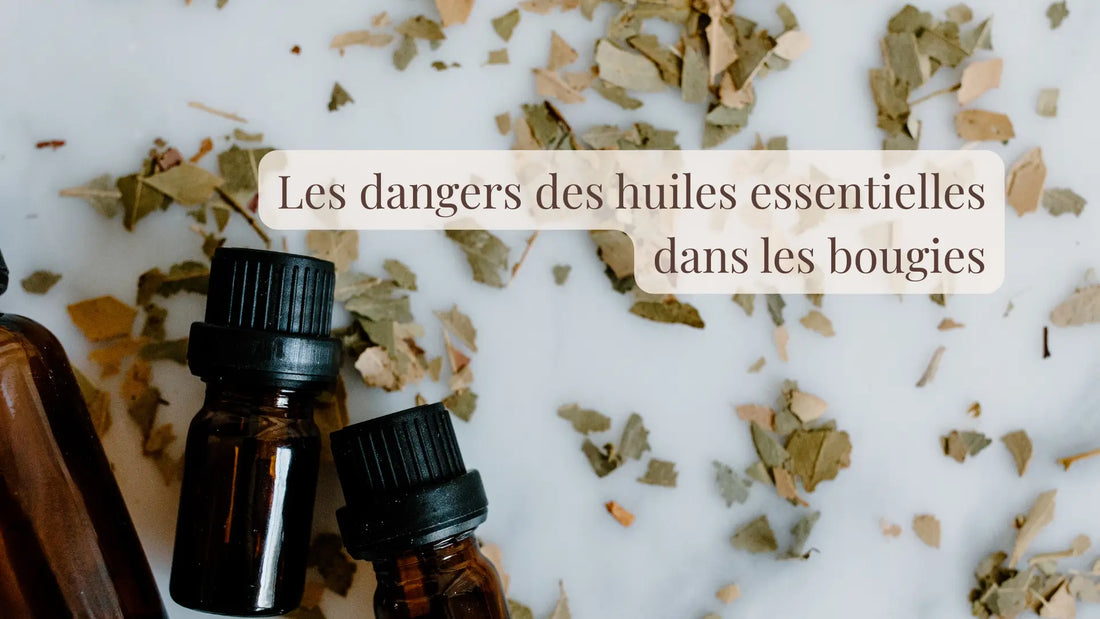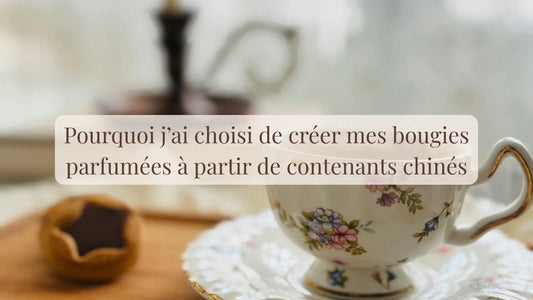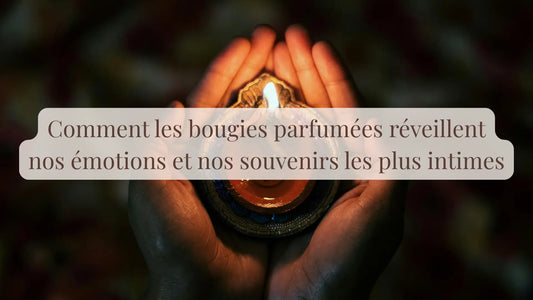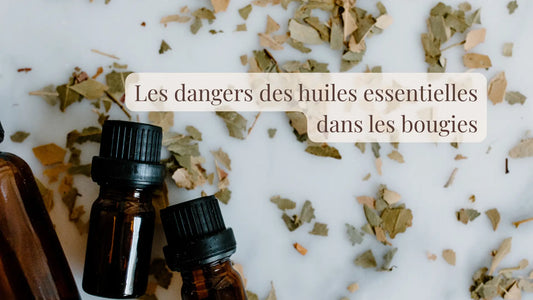
The Dangers of Essential Oils in Candles
share
Handmade scented candles delight with their warmth, soft lighting, and delicate scents that instantly create a cozy atmosphere. More and more DIY enthusiasts and craftspeople are becoming interested in making their own candles, seeking out natural alternatives made from vegetable wax and fragrances derived from nature.
In this context, essential oils appear to be an attractive option: they are perceived as pure, natural, relaxing, and rich in aromatherapeutic properties. However, using them in a homemade candle can be not only ineffective, but also very dangerous. When heated, essential oils behave differently than when diffused cold or in an electric diffuser. Some become unstable, others release harmful substances, and still others pose a real flammability risk.
So, why is it not recommended to use essential oils in your homemade scented candles? What are the real risks, and which alternatives should you choose to fully enjoy a healthy, fragrant, and sustainable handmade candle? Here's a comprehensive guide that highlights the often-overlooked dangers, as well as the appropriate solutions for combining well-being and safety.
An unexpected danger: CMR substances in certain essential oils
Contrary to popular belief, "natural" does not always mean "harmless." Some essential oils contain substances known as CMR ( Carcinogenic, Mutagenic, Reprotoxic ). At room temperature, they are generally harmless when used correctly (in gentle diffusion or diluted in a vegetable oil). But when heated to high temperatures in a candle, they can release potentially harmful volatile compounds.
Some examples:
- Cinnamon and cloves → highly valued for their warm and spicy notes, but rich in eugenol, a molecule that can become toxic when heated.
- True lavender → contains linalool, which transforms into allergenic by-products when heated.
- Eucalyptus → its active molecules can cause respiratory irritation when burned.
Thus, a handmade candle made with essential oils can emit harmful particles, going against the very "natural" approach sought.
The perfume evaporates too quickly (or even disappears completely)
One of the great joys of handmade scented candles is their long-lasting fragrance, filling our space with beautiful, diffused scents. However, essential oils are not designed to withstand the heat of combustion. Highly volatile, they evaporate quickly and lose their aromatic properties after only a few minutes of heating.
Result :
- An expensive candle (quality essential oils are expensive) that diffuses little or no fragrance.
- A pleasant smell when pouring... but non-existent once the candle is lit.
- Unstable, sometimes distorted scents, which give way to a disappointing, even unpleasant odor.
For example, lemon or mint essential oil, however refreshing, will not last long in combustion and will evaporate almost instantly.
Flash point: a real flammability risk
Beyond the loss of odor, some essential oils pose a safety risk. Each oil has a flash point, a temperature at which it can ignite when exposed to a flame. Flash points vary among manufacturers, but here are some very general examples:
- Lemon essential oil → 48°C
- Eucalyptus essential oil → 50°C
- Mint essential oil → 60°C
- Cedar essential oil → 90°C (!)
- Rose essential oil → 54°C
- Chamomile essential oil → 52°C
However, a burning candle easily reaches these temperatures, especially at the surface of the wax. This can cause uncontrolled combustion, excessively high flames, or dangerous splashes.
Making a homemade scented candle with essential oils without taking into account the flash point therefore involves taking a significant risk of a domestic accident.
Unstable chemistry, poor diffusion and altered texture
Essential oils are truly natural chemical concentrates. But when heated, they become unstable: some molecules degrade and completely alter the initial scent. What smelled like lavender can turn into a pungent, bitter, or irritating odor...
Moreover :
- They do not mix well with certain waxes (soy, beeswax, rapeseed). As a result, the fragrance is not uniform; some areas smell, others not at all, which can create unstable pockets.
- They can change the texture of the wax. A candle can then become soft, burn poorly, or have an unattractive appearance (holes, cracks, irregular surface).
A successful handmade candle must offer a beautiful flame, an even burn and a stable fragrance and essential oils cannot guarantee this.
What are the alternatives for safe, scented, handmade candles?
If you want to create or purchase a handmade scented candle without taking any risks, choose special candle fragrances. These scented concentrates are designed to:
- resist high temperatures,
- blend perfectly with vegetable wax,
- provide a stable and long-lasting diffusion of the fragrance,
- ensure safety during combustion.
These fragrances create candles with rich, varied, and consistent scents, whether it's indulgent vanilla, soothing orange blossom, invigorating eucalyptus, or warm sandalwood. At Le sens des choses, we only use scented oils specially designed for candles and made in Grasse.
How to safely enjoy your scented candles
A few simple steps will allow you to enjoy your handmade scented candles without risk:
- Choose a natural vegetable wax (soy, rapeseed, coconut) rather than paraffin from petrochemicals.
- Ventilate the room regularly after extinguishing your candle to remove volatile compounds.
- Do not burn a candle for more than 2 to 3 hours at a time: this prevents overheating and prolongs the life of your candle.
- Trim the wick before each use (0.5 to 1 cm) to limit black smoke and promote clean combustion.
Essential oils are valuable for aromatherapy and cosmetics, but they are not suitable for making homemade scented candles. When heated, they become unstable, lose their aromatic properties, can release harmful substances, and sometimes pose a flammability risk.
If you're looking for a candle that's natural, fragrant, and safe, it's best to opt for handcrafted candles made from vegetable waxes and fragrances specially designed to resist combustion. This is the best compromise for combining olfactory pleasure, safety, and respect for the environment.
And if you don't have time to make your own candles, you can turn to passionate creators who create artisanal scented candles by hand, with unique know-how and carefully selected ingredients (like us!). Treat yourself to the magic of a soft flame and an authentic fragrance, without compromising on quality or your health.




